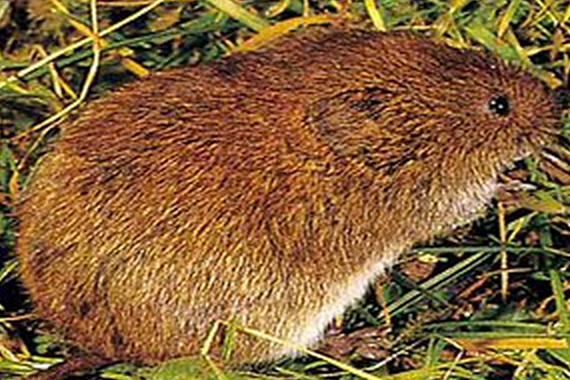If you are having problems with critters and are in need of quality vole bait applicators we have just what you need
Our quality vole bait applicators will help you to take control of your home again using quality ingredients that target and eliminate the critters driving you crazy.


